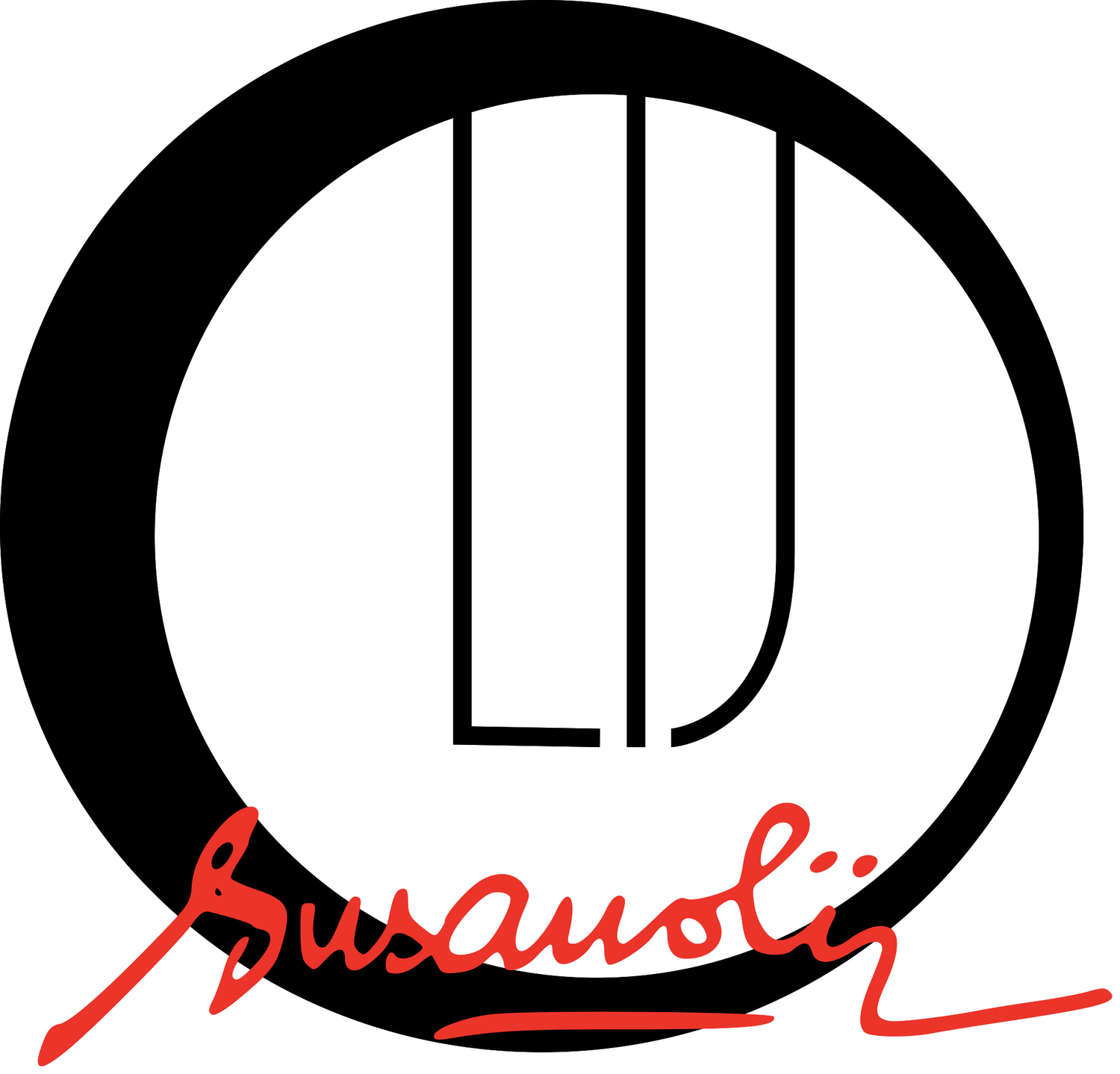Watercolours for Beginners Mind - Week 5 The Value of Thumbnails
The Value of Thumbnails in watercolor painting is covered in this article, and is the 5th installment of my online course Watercolors for Beginners Mind.
Sign up to read this post
Join Now
